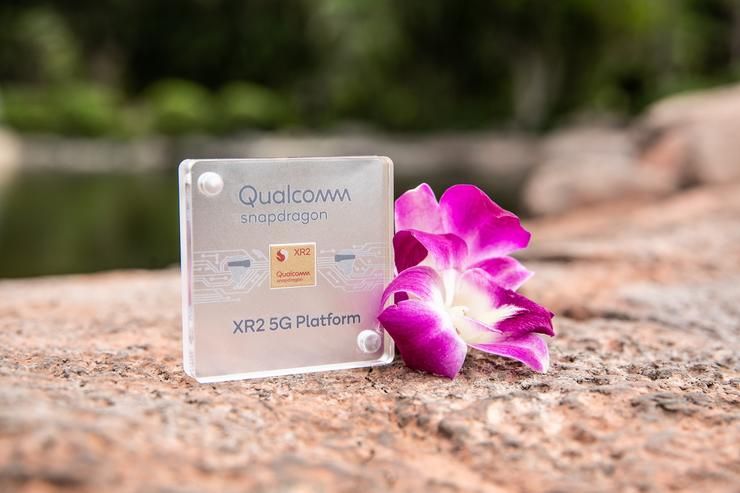At the Snapdragon Technology Summit, Qualcomm unveiled the Snapdragon XR2, the world’s first 5G-enabled extended reality platform capable of Augmented Reality (AR), Virtual Reality (VR) and Mixed Reality (MR) cross-domain expansion.
Qualcomm also announced the enhancement of the Snapdragon computing platform product portfolio, introducing the Snapdragon 7c computing platform for entry-level PCs and the Snapdragon 8c computing platform for mainstream PCs.
Snapdragon XR2: The world’s first 5G XR platform
On the third day of the Qualcomm Snapdragon Technology Summit, Qualcomm unveiled the Snapdragon XR2, the world’s first 5G Extended Reality (XR) mobile platform.
So what is XR? After its official introduction, XR technology is a generic term for Augmented Reality (AR), Virtual Reality (VR) and Mixed Reality (MR) and one of the most direct applications of 5G mobile communications.
It is reported that Qualcomm has been investing in XR for about ten years, and XR platforms such as Google and Facebook have all been developed with the support of Qualcomm processors. Hugo Swart, vice president of Qualcomm and head of XR, was very optimistic about the development of XR technology. Hugo Swart mentioned at the technology summit:
XR has enough potential to be a ubiquitous technology in the world that will change the way people interact with the world.
In fact, Qualcomm has already released the XR platform. However, compared to the previous Snapdragon XR platform, the XR2 platform has achieved a tremendous upgrade since entering the 5G era, especially in the fields like:
- CPU and GPU performance has doubled.
- Video bandwidth has quadrupled.
- The resolution has been increased by a factor of 6.
- AI performance has been improved by 11x.
In addition, the Snapdragon XR2 is the world’s first XR platform to support seven-way parallel cameras with a dedicated processor for computer vision. It is the world’s first XR platform to deliver a true MR experience by supporting low-latency perspective camera technology.
